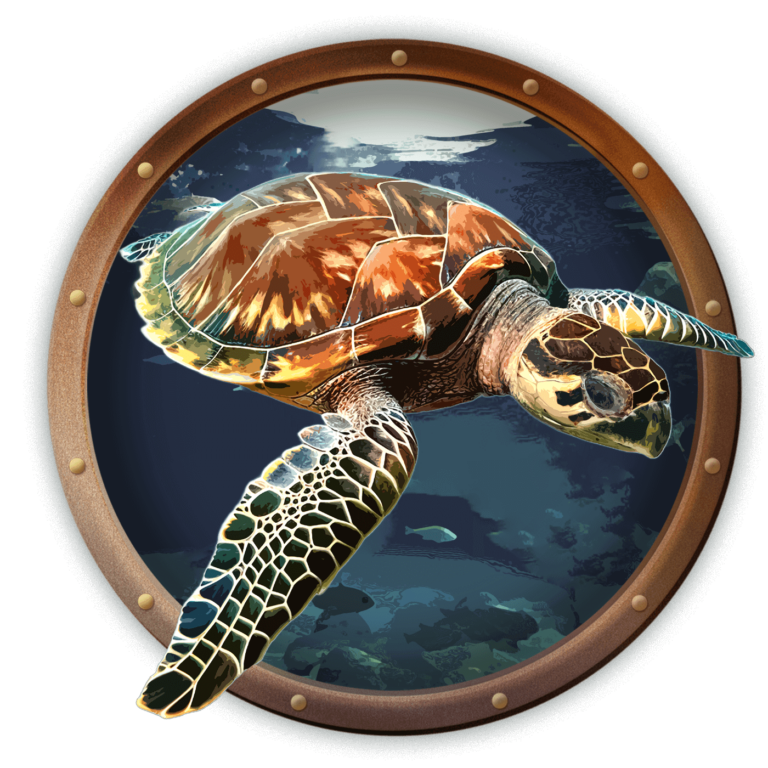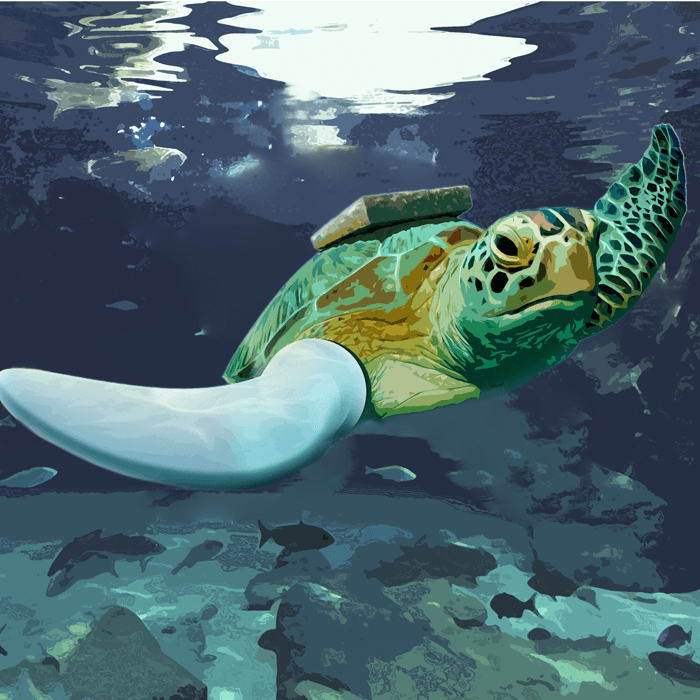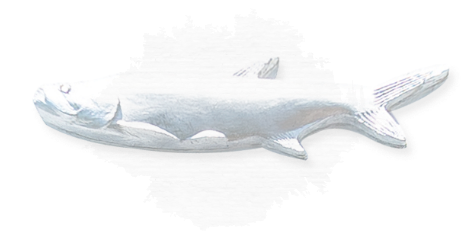Sea Turtle Conservation Tour
10:15 am | 12:45 pm | 3:15 pm
The Key West Aquarium is home to several sea turtles that would not be able to survive in the wild. These sea turtles now act as ambassadors for their species, educating people about the threats sea turtles face and what can be done to help. We hope that by sharing the stories of our sea turtles, our guests will be inspired to act toward conserving the wild sea turtle population.
Sea Turtle Key West
The Sea Turtles in our Care at the Key West Aquarium
Spike, the Loggerhead Sea Turtle
Spike was found stranded in a Key Largo marina in 1999 when she was just a juvenile. She was only about 4.5 inches long and had damage from an unknown predator to three of her flippers and a break in her beak. She was treated at the Turtle Hospital in Marathon for three months but was deemed non-releasable due to the extent of her injuries and came to live with us at the Key West Aquarium. Loggerhead sea turtles inhabit the Atlantic, Pacific and Indian Oceans, as well as the Mediterranean Sea. They are federally listed as threatened in the United States and as endangered in other parts of their range. Adults typically weigh more than 300 pounds and measure 2.5-3.5 feet long. The largest loggerhead ever recorded was 1,200 pounds and 7 feet long. Their life span is unknown but estimated to be greater than 70 years.
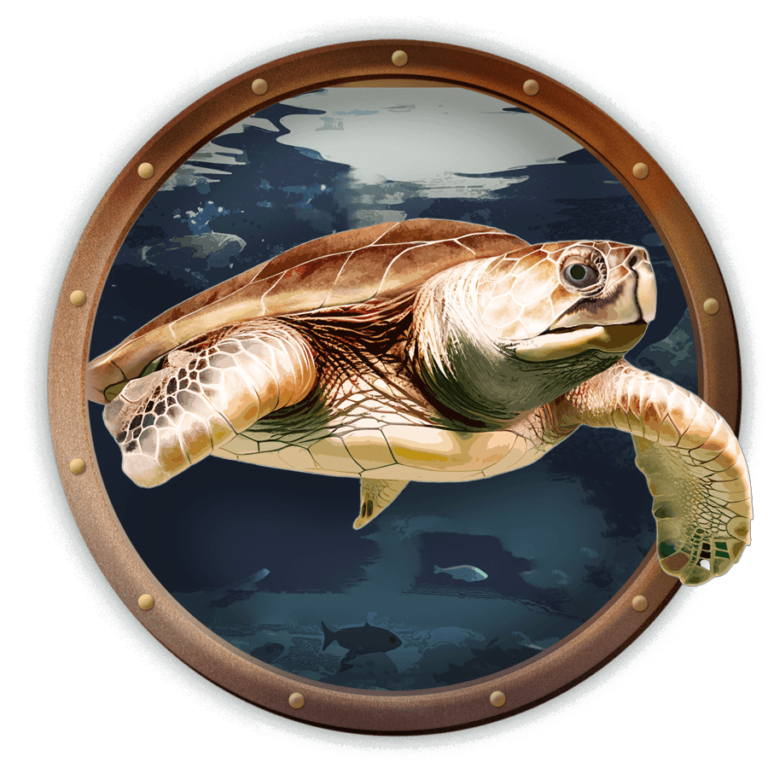
Lola, the Kemp’s Ridley Sea Turtle
Lola was first found as a hatchling on a beach in Texas, having suffered predatory bites on her front right flipper. She was rehabilitated for 11 months at the Animal Rehabilitation Keep in Port Aransas, Texas, and released back to the wild. Unfortunately, Lola became entangled in fishing line and wound up back on the beach the next day. The line was so tight on her right front flipper that it had to be amputated. Lola now has a prosthetic flipper that she can swim with during the day. The Kemp’s ridley sea turtle is listed as critically endangered. This species inhabits the warm waters of the Atlantic Ocean and Gulf of Mexico. They nest on only a small number of beaches, with only three beaches in Tamaulipas, Mexico, hosting 95% of Kemp’s ridley nests. They are the smallest of the sea turtles, averaging 30 inches in length and weighing up to 100 pounds. Their average life span is unknown but thought to exceed 30 years. The greatest threats to this species are entanglement in fishing gear or marine debris and direct harvest of the turtles and their eggs.
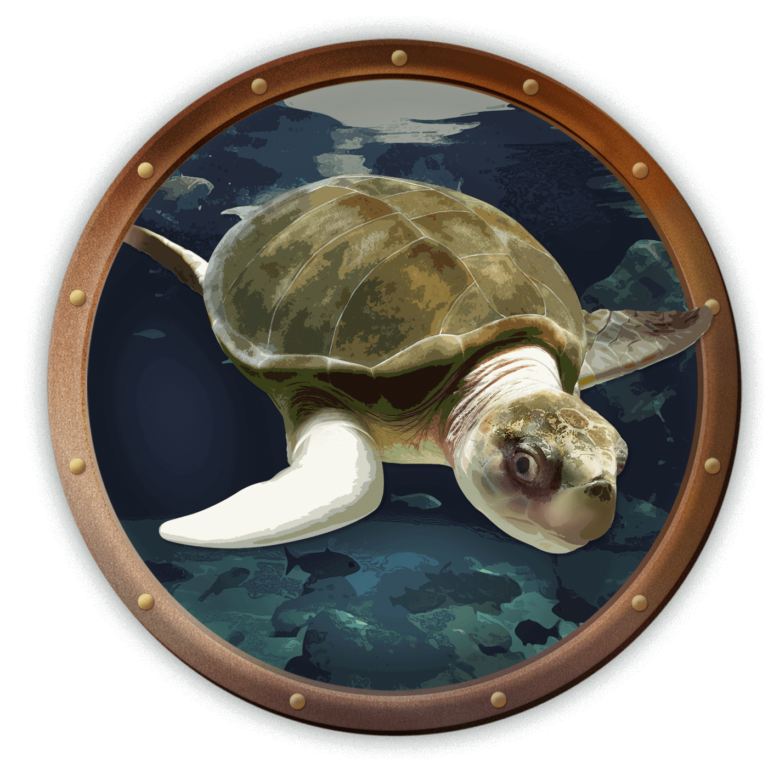
Rocky, the Green Sea Turtle
Rocky was struck by a boat early in his life. This caused the loss of his front right flipper and damage to his shell. Rocky was rehabilitated at the Turtle Hospital in Marathon, but his injuries left him with air permanently trapped in his shell, a condition called floater syndrome. Rocky has a float and a weight attached to his shell to even out his buoyancy, allowing him to swim and lie flat when he chooses. Green sea turtles are an endangered species that inhabit the world’s tropical and subtropical oceans. Adults typically weigh 250-400 pounds, measure 3-4 feet and can live for more than 70 years.
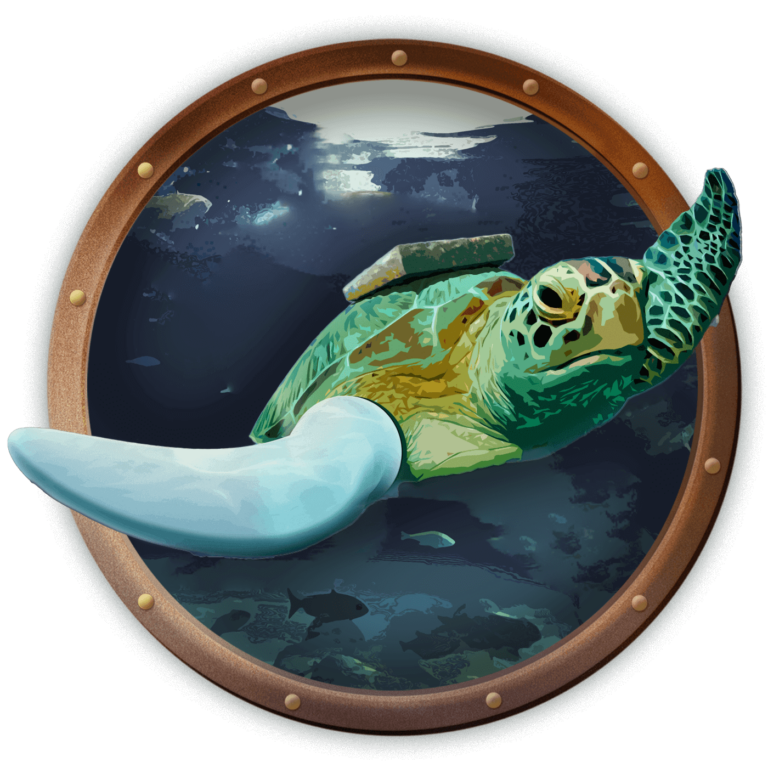
Hector, the Hawksbill Sea Turtle
Hawksbill sea turtles were prized for their beautiful shells and harvested to near extinction. Hector narrowly escaped this fate with the advent of the Endangered Species Act of 1973, coming to live at the Key West Aquarium when the turtle kraals in Downtown Key West were closed. He is one of the oldest residents of the aquarium and could live to be 100 years old. Hawksbill sea turtles are named for the distinctive shape of their beaks, which allows them to forage in crevices on the reef. Adults typically weigh 100-200 pounds and measure 2-3.5 feet long.
